16 Must-Know Tips for Growing Muscadine Grapes in Your Garden
Growing muscadine grapes can be a rewarding experience, offering a sweet and flavorful harvest. These hardy vines thrive in warm climates and can produce abundant fruit with the right care. Whether you’re a beginner or an experienced gardener, knowing the best practices for growing muscadines is essential for a successful crop. From choosing the right variety to maintaining proper soil and spacing, each step plays a vital role in ensuring your vines flourish. This guide will walk you through the key tips and techniques to help you grow healthy muscadine grapes year after year. With some patience and attention, you can enjoy a bountiful harvest of these unique and delicious grapes.
This post may contain affiliate links, which helps keep this content free. Please read our disclosure for more info.
Preparing the Soil for Planting
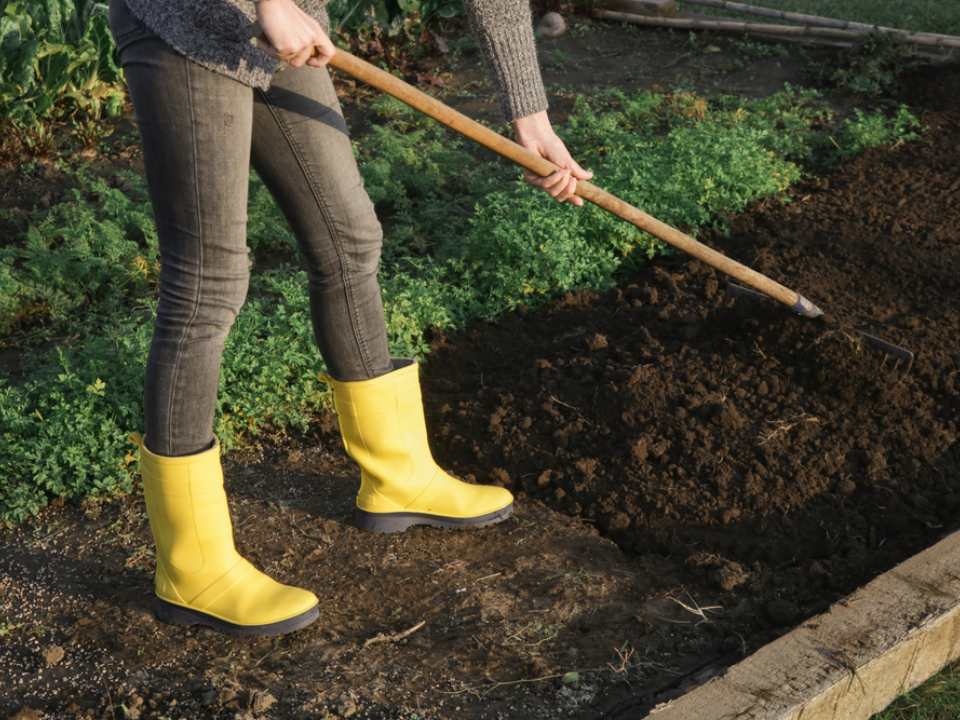
Before planting muscadine grapes, it is vital to prepare the soil. Muscadines prefer slightly acidic soil, with a pH level between 5.5 and 6.5. Conducting a soil test will help you determine if any amendments are necessary. If the soil is too alkaline, you can lower the pH by adding sulfur, and if it is too acidic, you can add lime to raise the pH.
Additionally, it’s important to enrich the soil with organic matter such as compost or well-rotted manure to improve soil structure and nutrient content. This will enhance the soil’s ability to retain moisture and provide essential nutrients to the young grapevines. Proper soil preparation sets the foundation for healthy grapevines and can lead to better fruit yields in the long run.
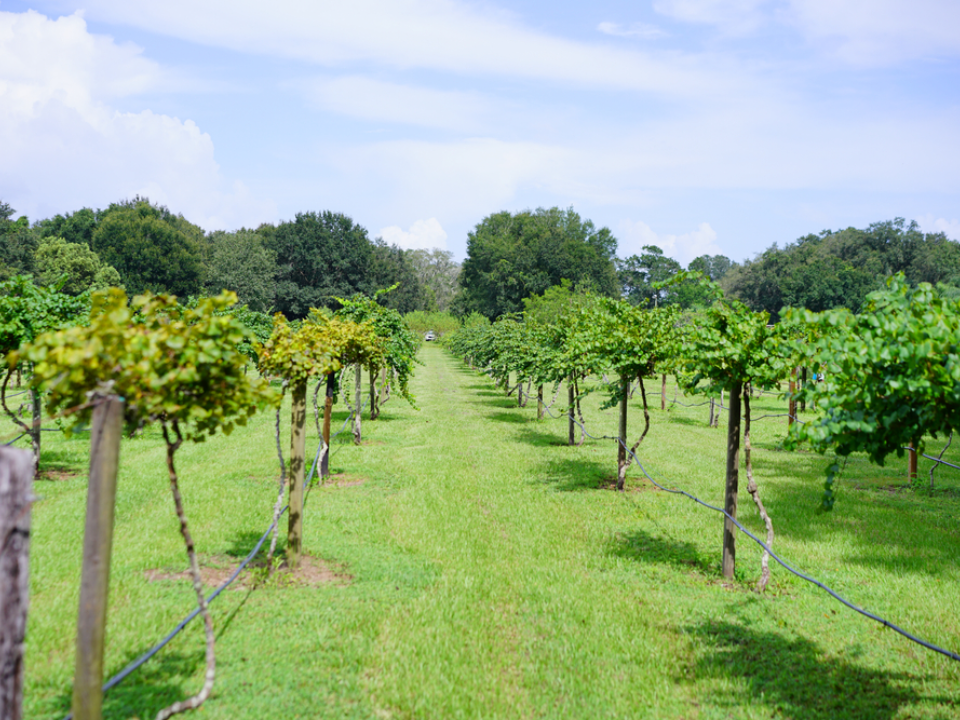
Muscadine grapes thrive in well-drained, slightly acidic soils. When choosing a planting site, look for an area that receives full sunlight for at least six hours a day. Full sun is crucial for the growth and development of the grapes, as it helps the plants produce the energy they need to grow and fruit properly.
In addition to sunlight, you should consider the slope of the land. A slight slope can promote good drainage, preventing water from pooling around the roots. This can help avoid root rot and other water-related diseases. Avoid planting muscadines in low-lying areas where moisture tends to collect, as this can negatively impact the plants’ health.
Choosing the Right Variety of Muscadine Grapes
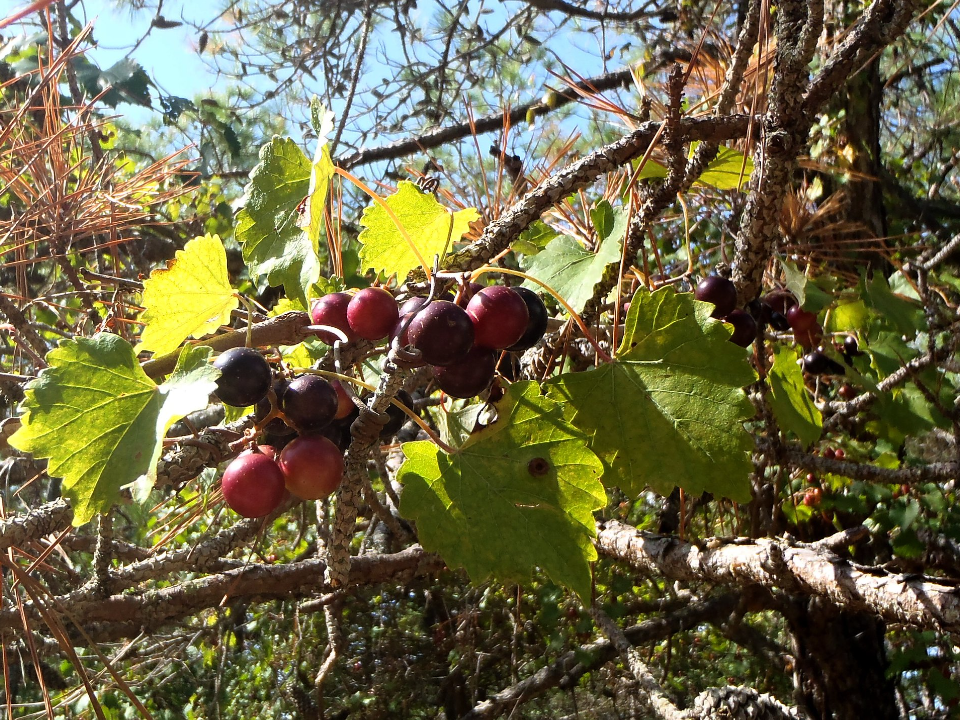
When it comes to growing muscadine grapes, selecting the right variety for your climate and soil conditions is essential. Muscadines are divided into two main categories: the bronze and the purple-black types. Each variety has its own flavor profile, growth habits, and disease resistance. The bronze muscadine grapes, such as the “Carlos” variety, tend to thrive in warmer climates, while the purple-black varieties like “Scuppernong” are known for their strong disease resistance.
It is important to consider local climate conditions and the specific needs of the muscadine grape varieties you choose. For example, while some varieties are more heat-tolerant, others may be better suited for areas with higher humidity. Researching local growing conditions and consulting local experts can help you determine the best variety for your vineyard. Keep in mind that different types may yield varying fruit sizes, so you may want to experiment with a mix of varieties to see which one performs best in your region.
Proper Spacing Between Vines
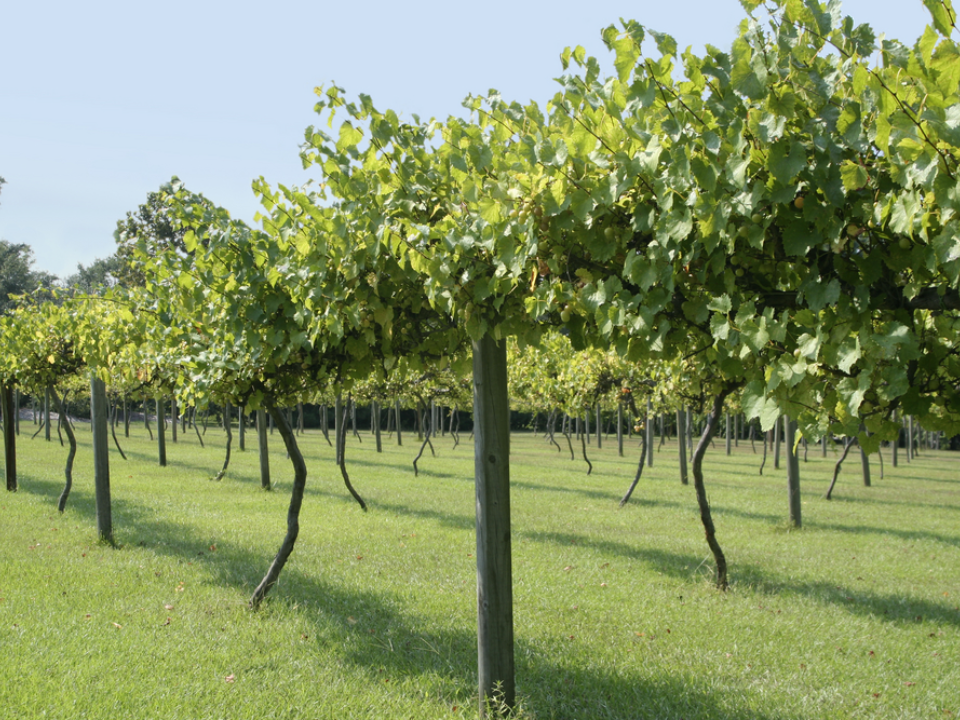
Muscadine grapevines require ample space to grow and thrive. When planting, ensure that you provide enough room between each vine to allow for proper airflow and sunlight penetration. Generally, muscadines should be spaced about 8 to 10 feet apart in rows, with the rows spaced at least 10 to 12 feet apart. This spacing ensures that the vines can spread out and that their growth is not restricted by overcrowding.
Proper spacing also reduces the risk of disease. When vines are too close together, it can create a humid environment that encourages the development of fungal infections and mildew. By maintaining adequate spacing, you promote healthy airflow and sunlight exposure, which helps prevent these issues.
Training Grapevines on Trellises
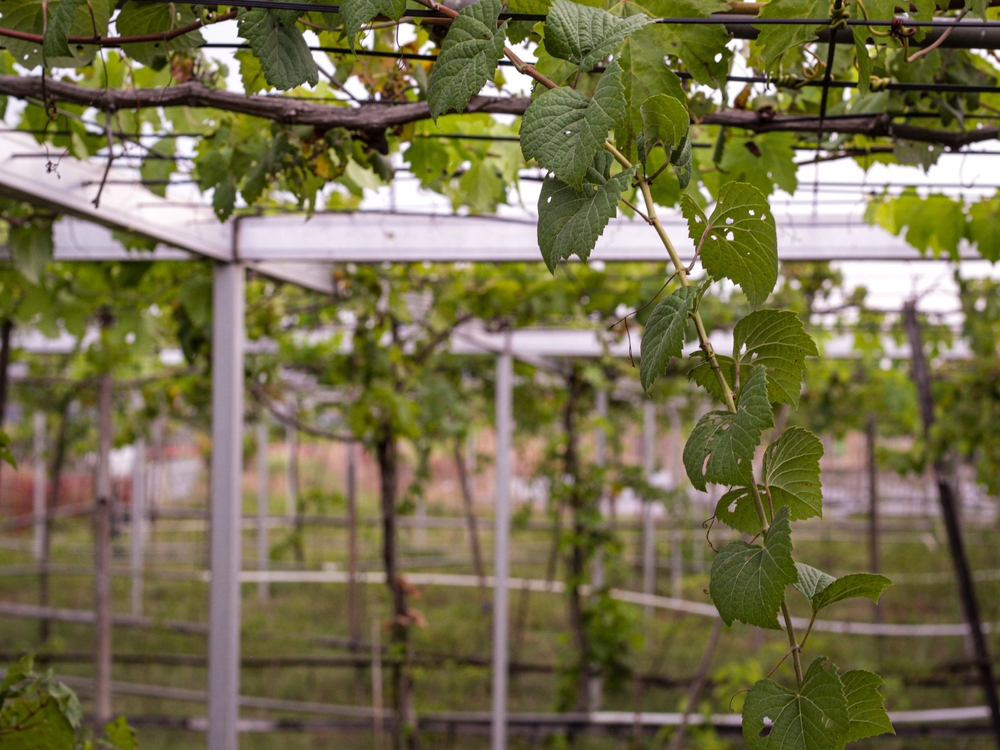
Muscadine grapes need a support system to grow upright and produce quality fruit. One of the best ways to support your vines is by using a trellis system. Trellises can be made from a variety of materials, such as wood, metal, or wire, and should be at least 4 to 5 feet high. When training muscadines, allow the vines to grow along horizontal wires to support their weight as they grow.
The trellis should be designed so that the grapevines can be easily pruned and maintained. Pruning helps encourage better airflow, reduces the chances of disease, and helps the plant direct its energy toward fruit production. A well-designed trellis will also make it easier for you to harvest the grapes once they are ready.
Pruning Muscadine Grapevines
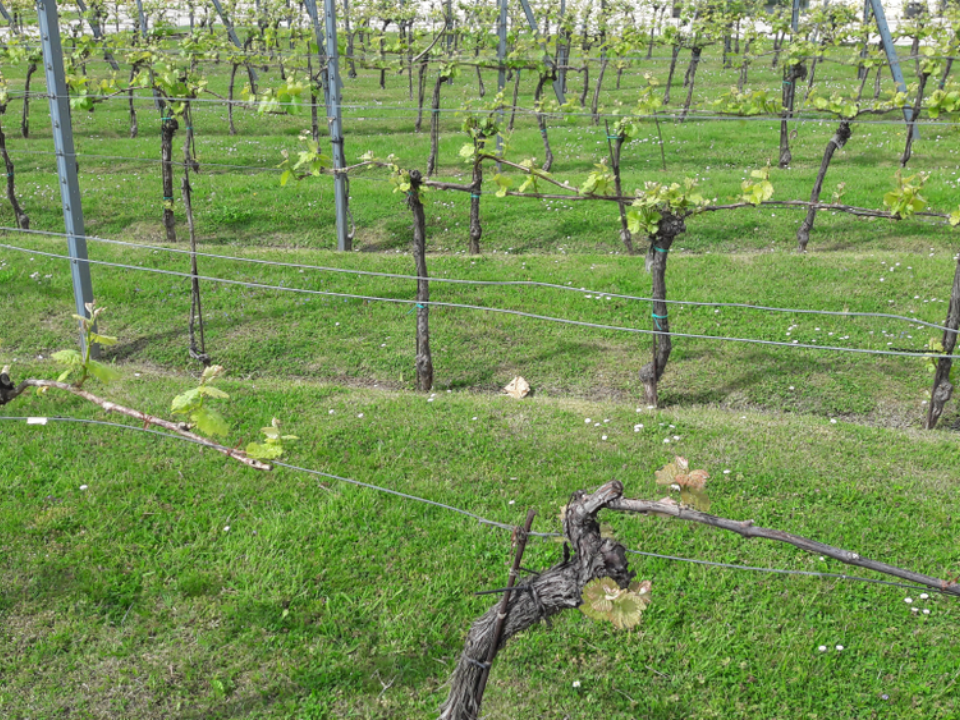
Pruning is an essential practice for muscadine grapevines, as it helps control their size, shape, and overall health. Proper pruning ensures good air circulation, removes dead or diseased wood, and encourages better fruit production. The best time to prune muscadine vines is during the dormant season, typically in late winter or early spring, before new growth begins.
When pruning, focus on removing any weak or spindly growth, as well as any canes that have already borne fruit. By removing these, you can help the plant concentrate its energy on producing healthy new growth and better fruit. Pruning muscadine grapevines regularly will help maintain a manageable size and ensure that the vines remain productive for years to come.
Protecting Grapevines from Pests
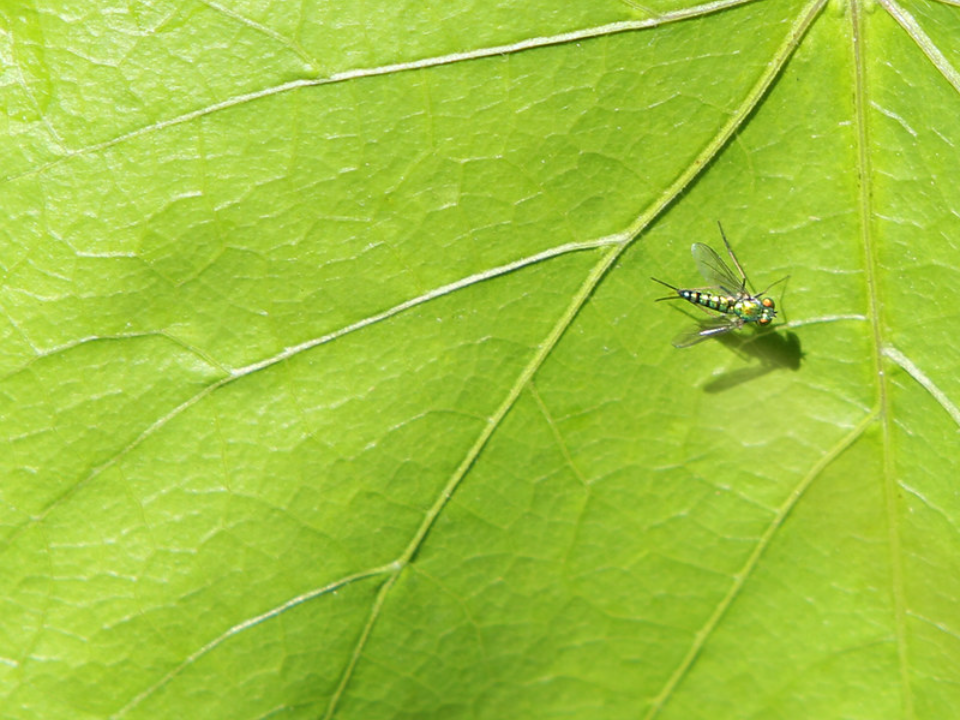
Muscadine grapes, like all crops, are susceptible to various pests. Insects such as aphids, Japanese beetles, and grape leafhoppers can damage the vines and reduce fruit yields. To protect your vines, regularly inspect them for signs of pest activity, and take action immediately if any issues are found.
There are several organic and chemical options available for controlling pests. Insecticidal soaps and neem oil can be effective at controlling many types of pests, while some gardeners use physical barriers like row covers to protect the vines from larger insects. By staying vigilant and treating problems early, you can minimize pest damage and keep your muscadines healthy.
Managing Disease in Muscadine Grapes
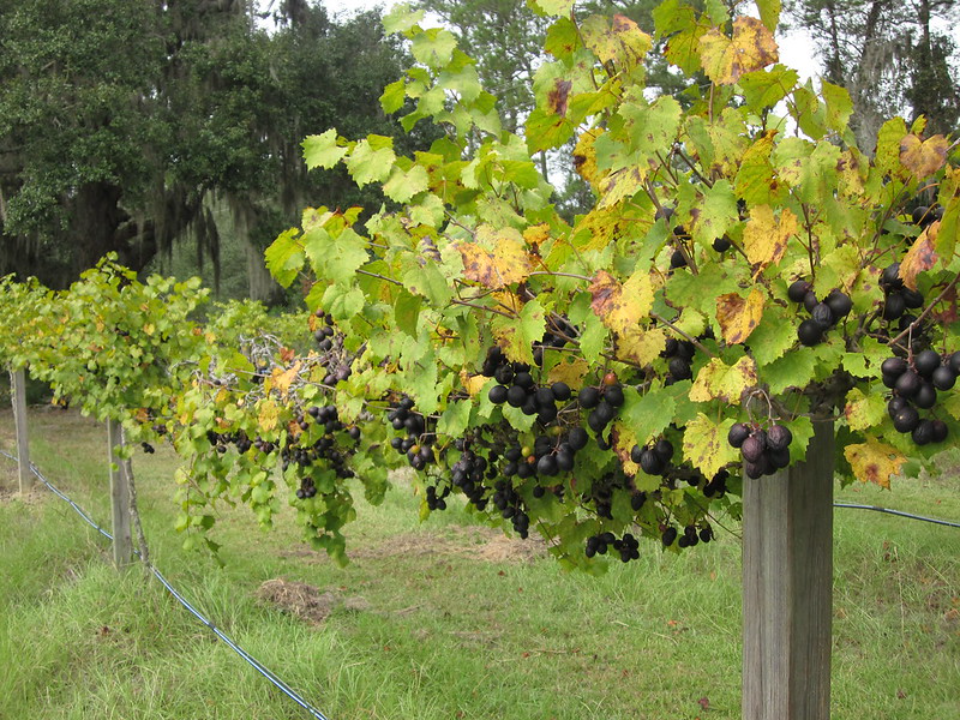
Muscadine grapevines are relatively disease-resistant compared to other grape varieties, but they can still be affected by fungal diseases such as powdery mildew, downy mildew, and bunch rot. Regular monitoring for early signs of disease, such as yellowing leaves or spots, is essential for preventing outbreaks.
Using a fungicide can help protect your vines from fungal diseases. It’s important to apply fungicides according to the manufacturer’s instructions, as improper use can harm the plants or the environment. Ensuring that your vines have good airflow through proper spacing and pruning will also reduce the likelihood of disease development, keeping your grapes healthy throughout the growing season.
Controlling Weeds Around Muscadine Grapevines
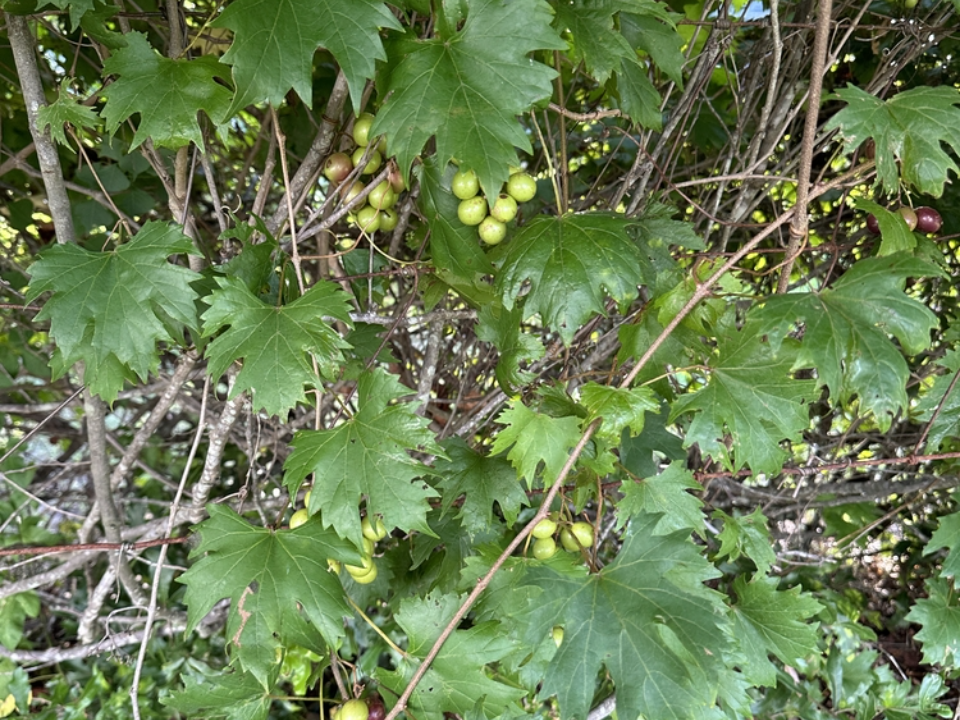
Weeds can compete with muscadine grapevines for nutrients, water, and sunlight. Managing weeds around the base of the vines is important for ensuring that your plants have enough resources to thrive. Mulching around the vines can help suppress weed growth while also retaining moisture in the soil.
In addition to mulching, manual weed control through regular hand-pulling or using a hoe can be effective. Be cautious when using herbicides around muscadine grapes, as some chemicals can harm the vines. By staying on top of weed control, you can reduce competition and allow your grapevines to grow strong and healthy.
Harvesting Muscadine Grapes at the Right Time
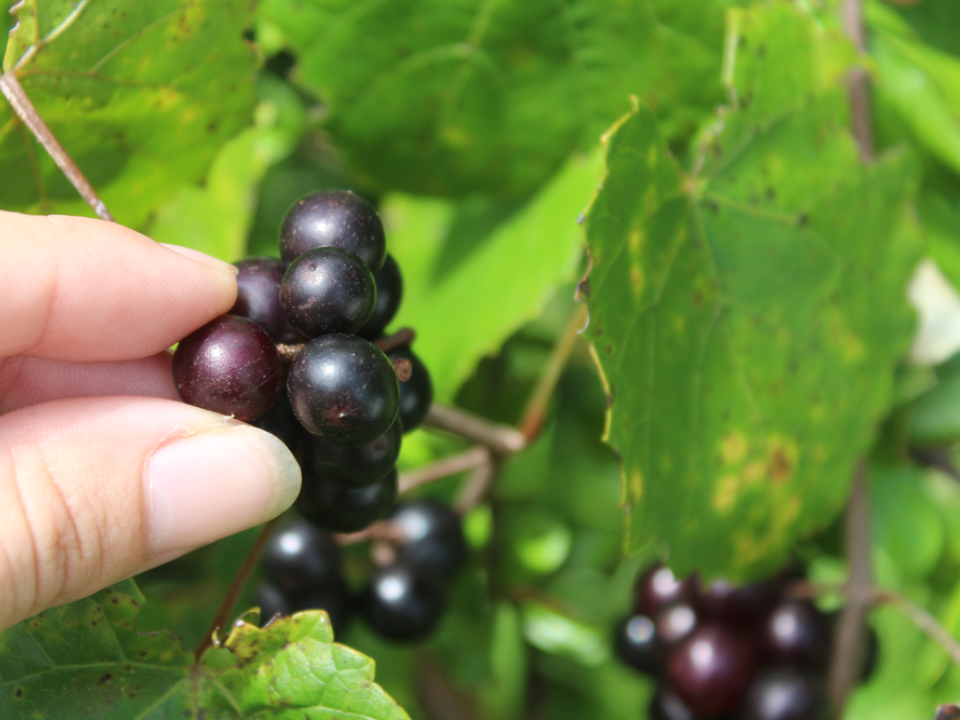
Harvesting muscadine grapes at the right time is crucial for ensuring the best flavor and quality. Muscadine grapes ripen in late summer to early fall, depending on the variety and local climate. The fruit should be fully colored, with a deep purple or bronze hue, and slightly soft to the touch.
To test for ripeness, gently squeeze the grapes and taste one. If the grape tastes sweet and the skin comes off easily, it is ready to be harvested. Be careful not to pick the grapes too early, as under-ripe fruit may be sour and less flavorful. Harvesting at the right time ensures the best possible taste and quality.
Properly Storing Muscadine Grapes
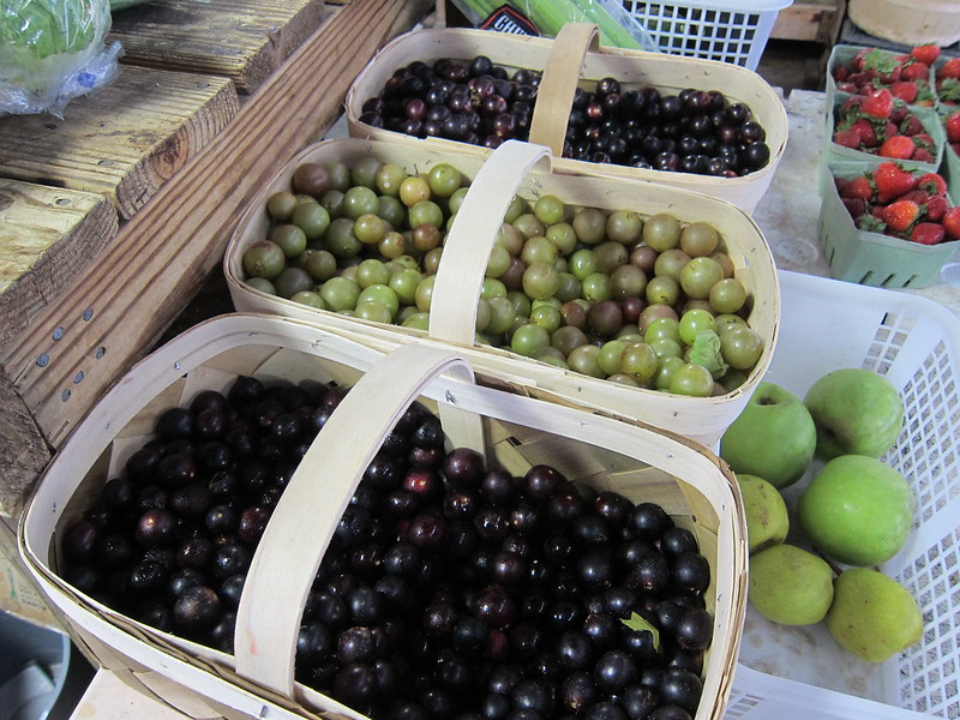
After harvesting muscadine grapes, it is important to store them properly to maintain their freshness and quality. Grapes should be kept cool and dry to prevent mold and spoilage. They can be stored in the refrigerator for up to a week, or frozen for long-term storage.
If you choose to freeze the grapes, wash them thoroughly, remove the stems, and place them in a single layer on a baking sheet. Once frozen, transfer them to airtight containers or freezer bags. This method preserves the grapes’ flavor and texture for several months, allowing you to enjoy your harvest long after the season has ended.
Caring for Muscadine Grapevines in Winter
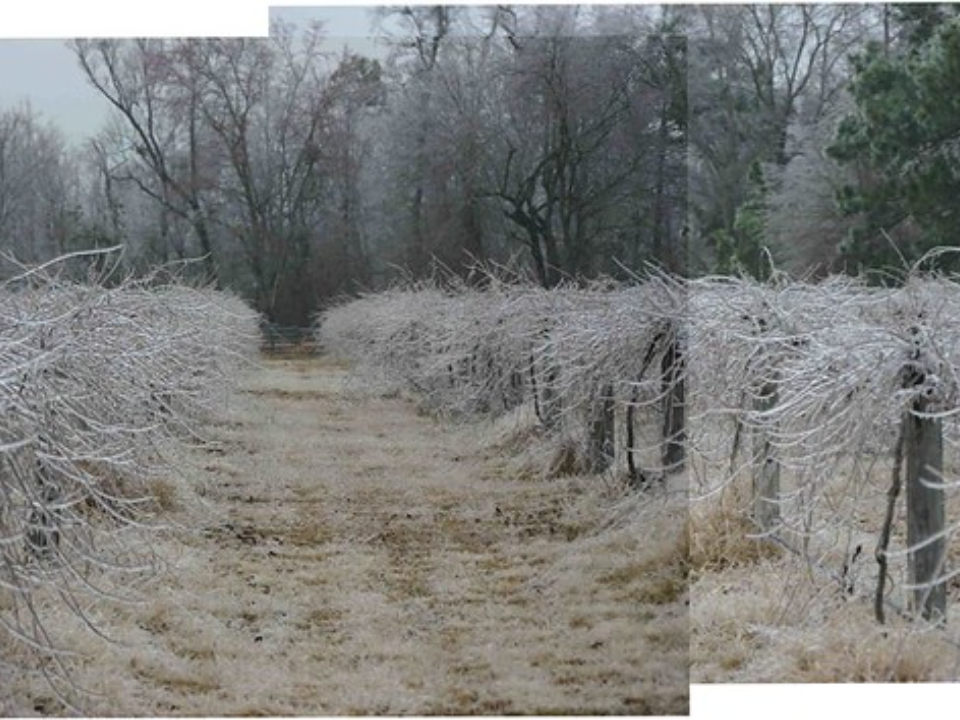
Muscadine grapevines are hardy, but they still need some protection during the colder months. In areas with harsh winters, it is a good idea to cover the vines with mulch or straw to protect the roots from freezing. Pruning in late winter is essential to keep the vines healthy and productive for the next growing season.
If you live in an area where winters are particularly cold, consider using row covers or plastic tunnels to insulate the plants. These can help maintain warmer soil temperatures and protect the vines from frost damage. Proper winter care ensures that your vines remain strong and ready to grow when the warm weather returns.
Dealing with Grape Harvesting Challenges
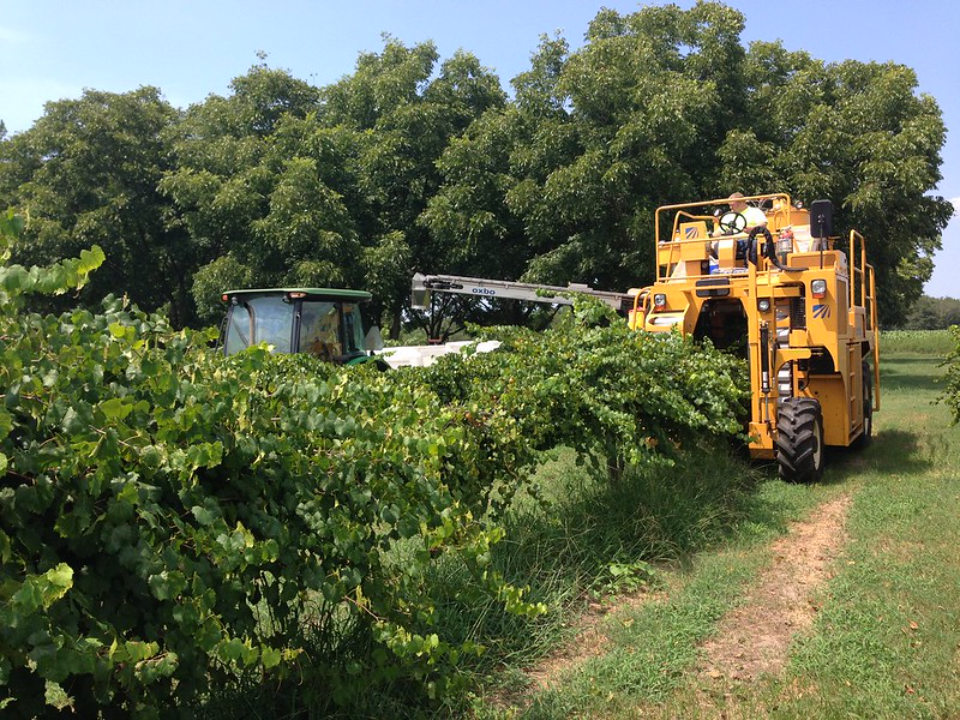
While growing muscadine grapes is rewarding, there can be challenges when it comes to harvesting. Birds and other wildlife are often attracted to the sweet fruit, so it’s important to take steps to protect your harvest. Netting or scare tactics, such as reflective tape, can help keep birds away from your grapes.
In some cases, muscadine grapes may develop splitting or cracking, especially if the fruit is exposed to sudden rain or excessive moisture. To avoid this, it is important to maintain consistent watering practices and harvest the grapes promptly once they are ripe. Managing these challenges can help you maximize your yield and protect your harvest.
Maintaining Proper Airflow for Muscadine Vines
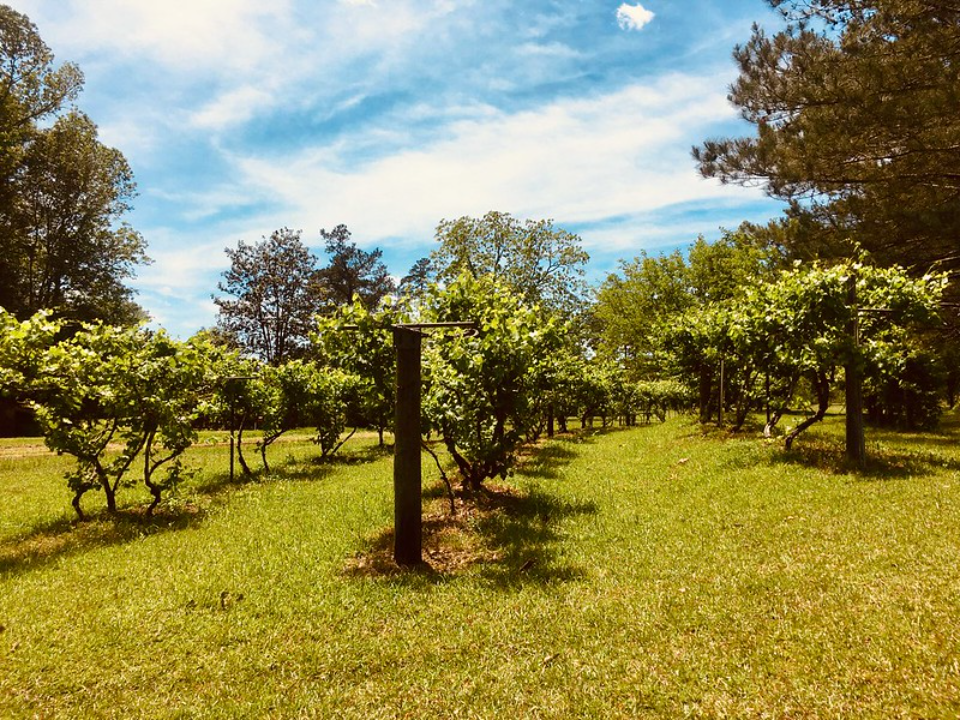
Good airflow is vital for the overall health of muscadine grapevines. Stagnant air can encourage the growth of fungal diseases and hinder the plant’s ability to produce quality fruit. Proper pruning and spacing between the vines help ensure that air can circulate freely, reducing the risk of disease and promoting healthy growth.
When setting up your trellis system, make sure the vines are not crowded. By allowing each vine enough space to grow, you improve the airflow around the plant, which can reduce the likelihood of mildew and other diseases. A well-maintained vine will grow stronger and produce better fruit.
Understanding Muscadine Grapevine Growth Stages
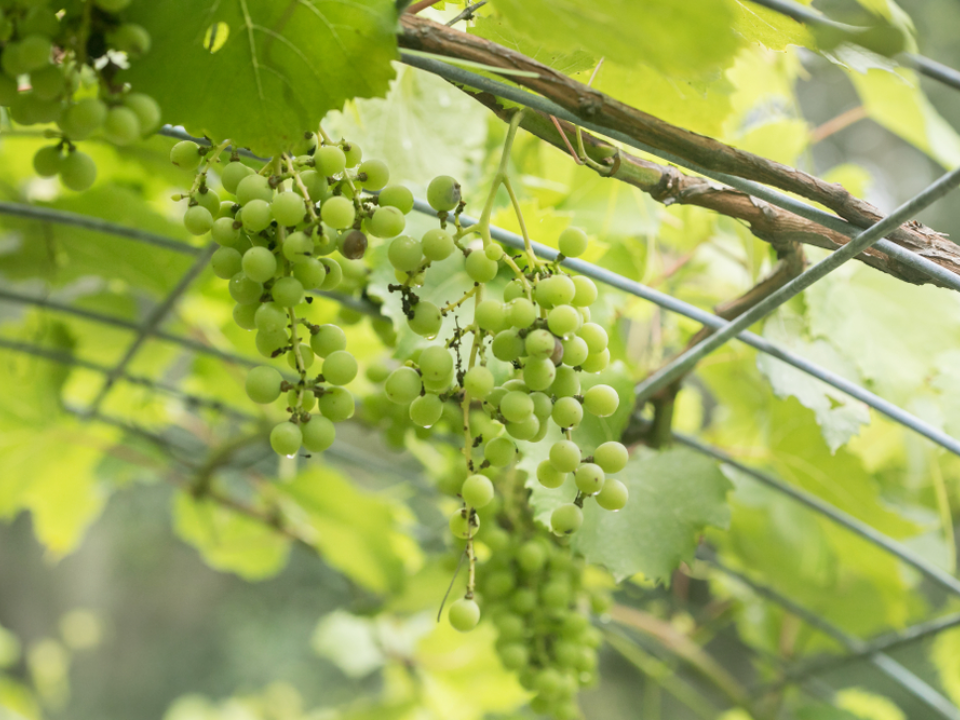
Understanding the growth stages of muscadine grapes is essential for providing proper care throughout the season. Muscadine grapevines go through several stages, including dormancy, bud break, flowering, fruit set, and ripening. Each stage has its own set of care requirements, and knowing what to expect will help you anticipate the needs of your vines.
During dormancy, there is little to no growth, and the plant is resting. As spring approaches, the buds break and new growth appears. During the flowering and fruit set stages, proper pollination is critical for producing high-quality fruit. Understanding these stages helps you time your care, such as watering and pruning, to support the vine through each phase.
Ensuring Proper Pollination for Muscadine Grapes
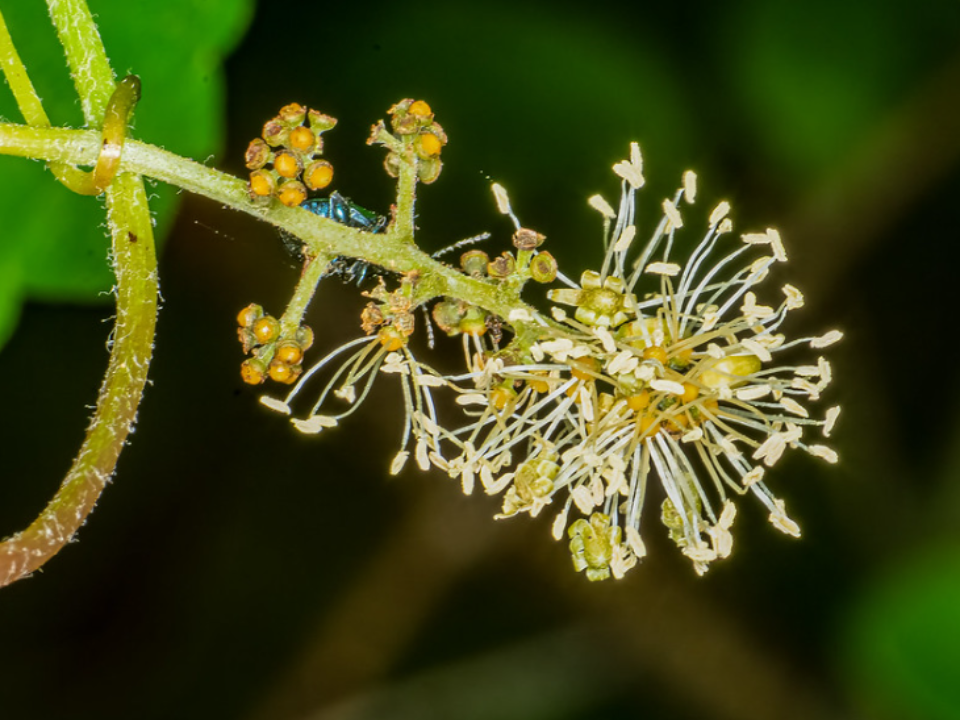
Muscadine grapes are typically self-pollinating, meaning that one vine can produce fruit without the need for a second variety for pollination. However, having more than one variety can increase fruit set and result in a larger harvest. Muscadines are generally pollinated by wind, but bees and other insects can also assist in the process.
While pollination is usually not a major concern, it is still important to ensure that the vines are in an area with adequate insect activity. Having a diverse garden with plenty of flowering plants can help attract pollinators and improve the chances of successful fruit set.
This article originally appeared on Avocadu.
